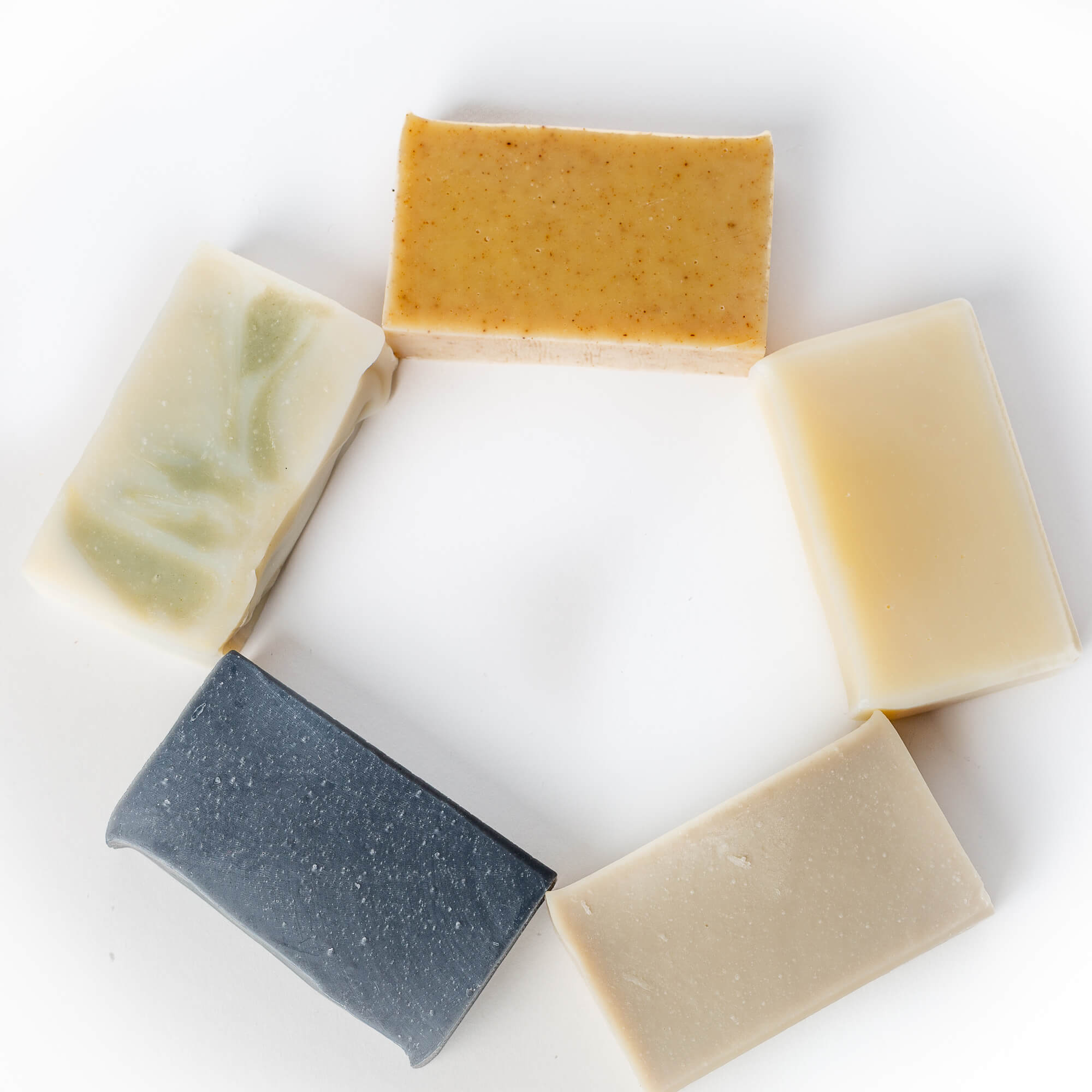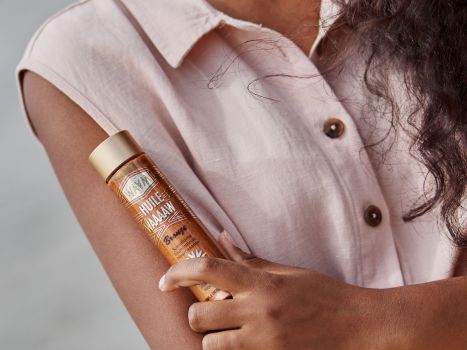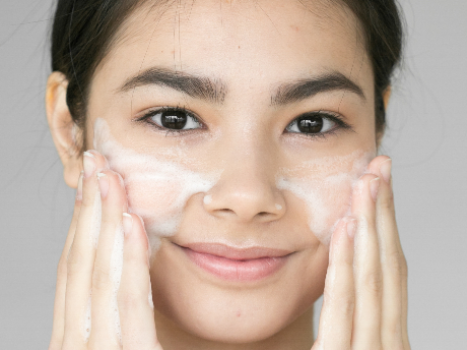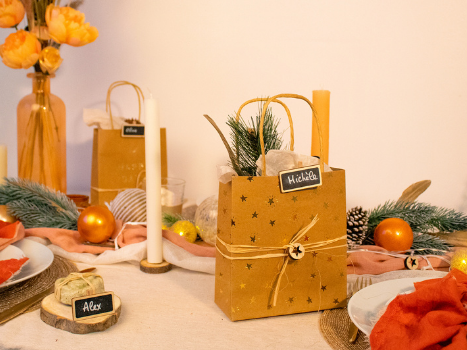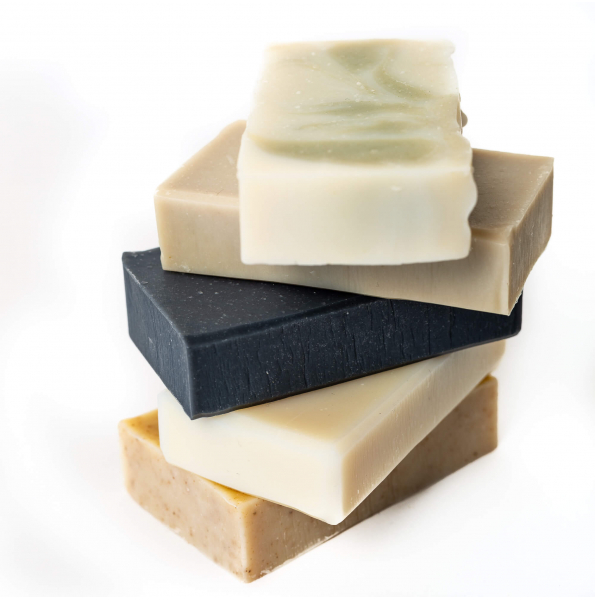
All about solid soaps
Soap is a beauty essential. Not only does it cleanse the skin it also helps to care for it on a daily basis. To make our soaps, we've collaborated with a master soap maker whose expertise is second to none.
Qui est, Brigitte. M our master soap maker?
As WAAM is particularly committed to the empowerment of women, we were delighted and proud to create this range of soaps with a "maitre savonnier" who shares our ethical and eco-responsible values: Brigitte M.
An outstanding entrepreneur and craftswoman, Brigitte holds a "maitre savonnier" diploma, and has been working alongside us for several months, designing and producing our range of solid soaps by hand and locally.
Strongly committed to naturalness and the quality of the ingredients she uses, Brigitte has agreed to share her expertise as an artisan soap-maker with us, as well as her invaluable know-how, and to embark on this adventure with us, from the development of the recipe to the manufacture of our soaps.
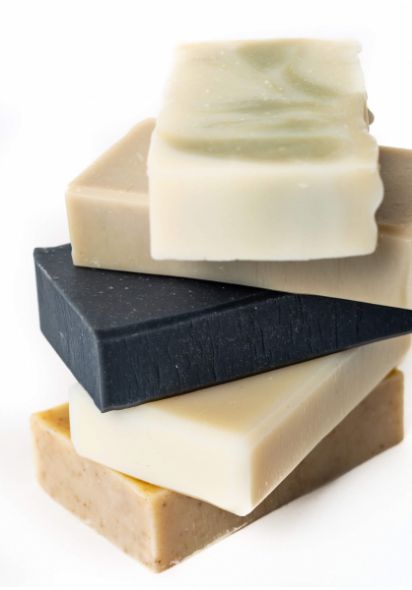
.jpg)
.jpg)





